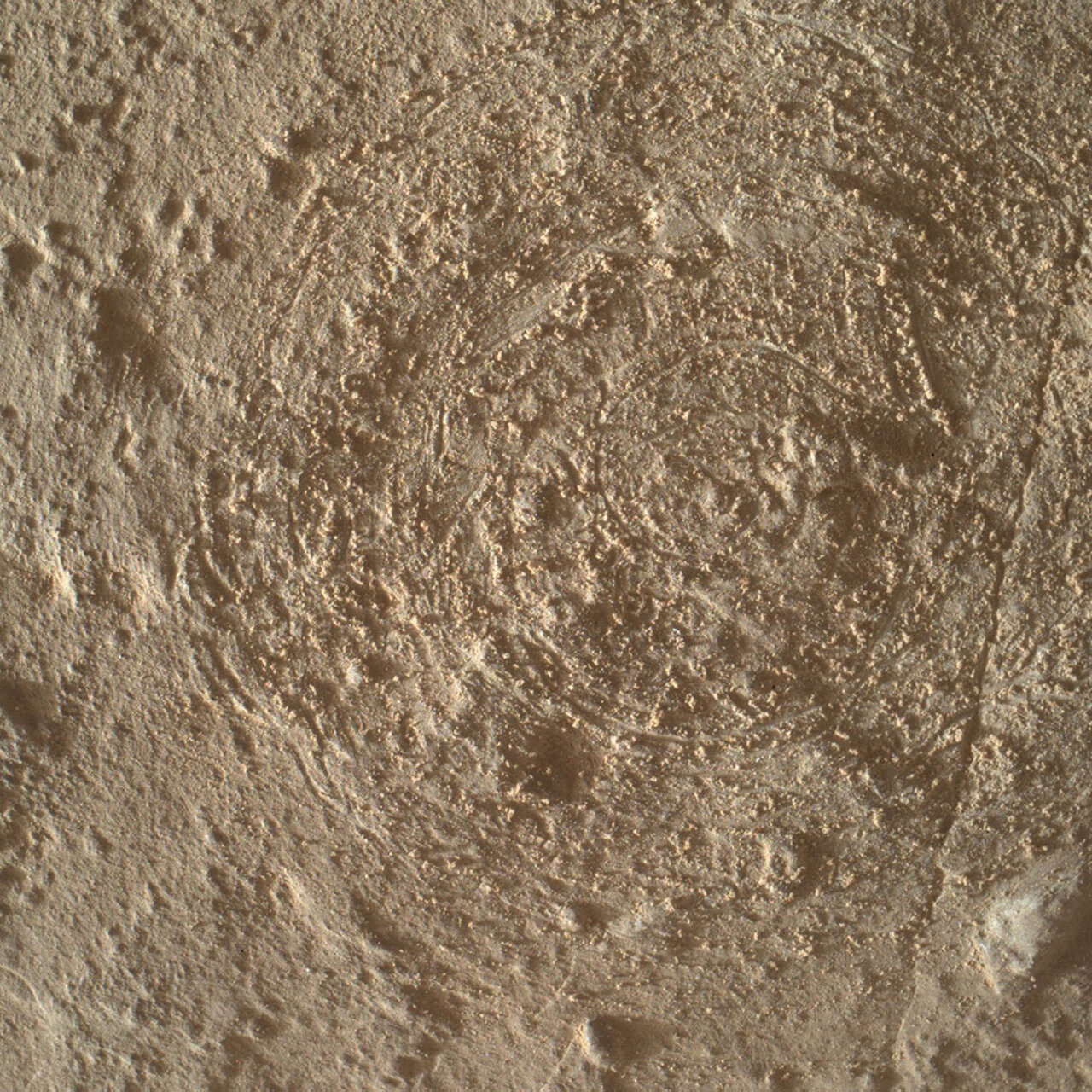Earth planning date: Friday, July 28, 2023
Our Thursday drive on sol 3901 was successful and put us ~30 meters further from Bradbury Landing! That's a pretty typical-length drive for us, with the longest I've seen in my 3 years on this mission being ~100 meters or so. We've had a good luck streak recently - being able to get arm, remote sensing, and drives in all week! The only tight constraint we've been working with is our battery/state-of-charge situation, a puzzle that gets harder with each Martian winter when we need to use the heaters more (Ken so expertly described this in Wednesday's blog!).
Planning activities outside the most temperate parts of the sol (our "no-heat-windows" of time) take more power since we need to turn on the heaters and wake the rover up. Even with our power puzzle situation, the team focused on prioritizing an environmental ChemCam "frost detection campaign" - requiring ChemCam to shoot their laser before the sun starts to heat things up (even though the highest temperature in Gale right now is around -20 deg Celsius, aka -4 deg Fahrenheit). This type of experiment has been repeated year after year in the dead of Gale's winter and continues to help us better understand the distribution of enhanced hydrogen (aka "frost") that may accumulate on the surface during the night. In addition to the pre-dawn experiment, ChemCam needs to repeat the laser shots mid-sol afterwards for spectrum comparison. So now that the crater cluster imaging campaign is largely wrapped up, the team scaled down our usual double-target weekend contact science to accommodate this exciting experiment.
Sol 3902 kicks off with a mid-sol remote sensing block, including: a long-distance Mastcam mosaic of the inverted channel in the distance, ChemCam LIBS targeting a bedrock spot named "Aratai Creek," Mastcam documentation of the Aratai Creek LIBS spots, and a couple small Mastcam mosaics of interesting terrain surrounding us. Our main arm backbone occurs shortly afterwards, with DRT brushing followed by APXS and MAHLI on the flat slab in our workspace named "Jamari." APXS will be left on top of Jamari for a 3-hour evening integration, and we pretty much call it a night afterwards - stowing the arm and waking the rover back up ~10am on the second sol. A mid-sol remote sensing block will start off sol 3903 activities, including: a Mastcam multispectral of the previously DRT-ed "Jamari" spot and a mosaic of a crater to the north, ChemCam LIBS of another bedrock spot named "Tigre Creek", and Mastcam documentation of the Tigre Creek LIBS spots. The rover will take a long nap until evening, when APXS wakes us back up to start an atmospheric integration with the arm stowed. The third sol is when the pre-dawn ChemCam frost campaign will kick off at ~5:30am, with the mid-sol experiment happening ~10:15am afterwards. Mastcam will document both experiments' LIBS shots afterwards and end this plan's remote sensing activities with some images near the sun to measure atmospheric opacity. In the afternoon of sol 3904 we'll start driving southeastwards for (hopefully) about 18 meters, take some post-drive images of our new location, and wrap up this plan with a MARDI terrain image in the blue-ish twilight of Martian sunset.
Written by Natalie Moore
from NASA Mars Rover Curiosity: Mission Updates https://ift.tt/D4wx602

Comments
Post a Comment